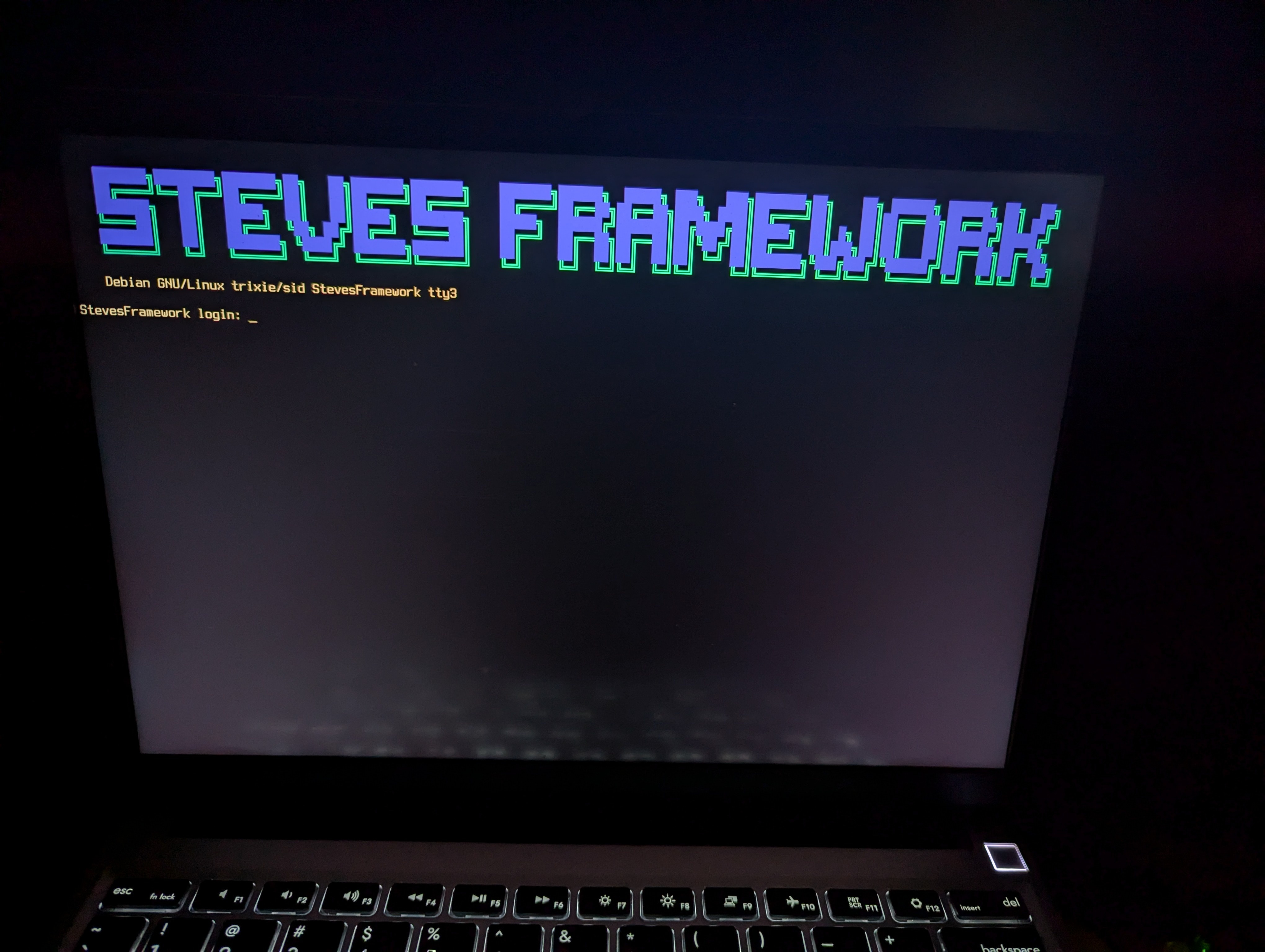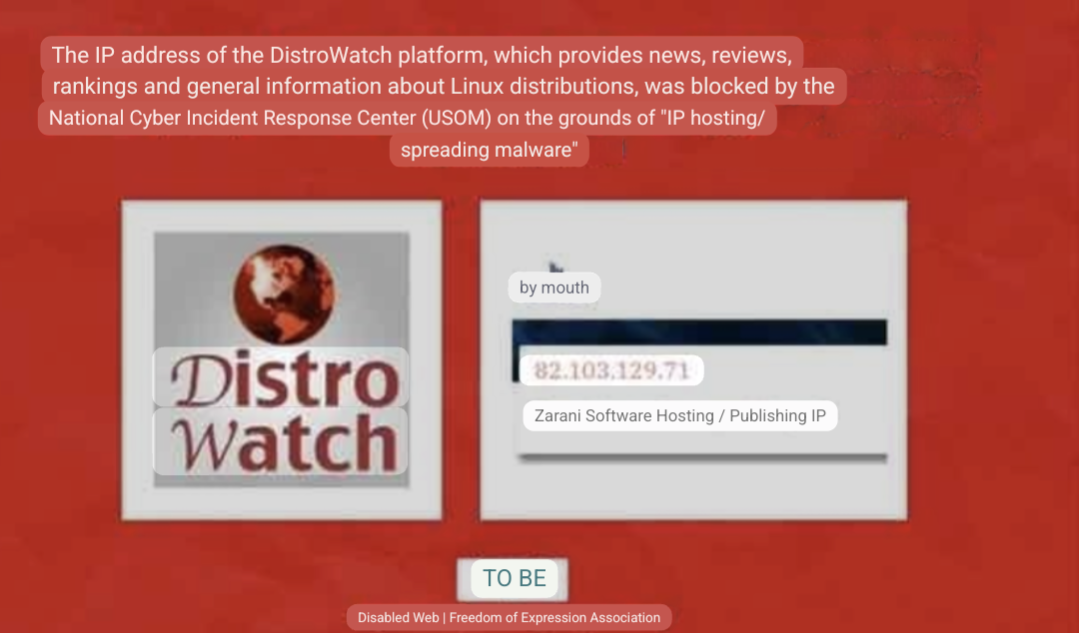

I’ve heard of it, but I didn’t think it was financially viable for an individual to pay for though.


I’ve heard of it, but I didn’t think it was financially viable for an individual to pay for though.


Someone commented on another video that they saw the Ram Air Turbine extended. So they would’ve lost power, supporting your electrical fire theory. Also it seems extending the RAT disables some safeguards, that can cause the wheels to lock and catch fire.
The other video: https://youtu.be/EPiNC5JpEYs


There’s The Serial Port, It’s not really ‘home networks’, but he finds and sets up very early (~80-90s) ISP gear and explains how it works and the history of it. Similar to how Ben Eater uses an ‘old’ 6502 to explain stuff.
You can do colours as well!



If you want the latest version of most python apps, I’d recommend using pipx, since it’ll create python virtual environments for each app installed, and won’t mess with system packages.


My understanding after reading the article is: while roaming your phone sets up a VPN type thing with your phone provider, and routes calls and data through this tunnel, so now Europol has to deal with another country if they want to track you.


I believe the main contributor for drm_panic wants to add one eventually. Here’s what it might look like:
 https://gitlab.com/kdj0c/panic_report/-/issues/1
https://gitlab.com/kdj0c/panic_report/-/issues/1
Also it looks like the colours are configurable at compile time (with white on black default).


For electron, if ELECTRON_OZONE_PLATFORM_HINT and electron-flags.conf don’t work, you can also add --ozone-platform-hint=wayland to the end of Exec in each .desktop file (also works on Chromium, but not CEF AFAIK and sometimes CEF).
There’s also --ozone-platform-hint=auto if you find yourself switching between X11 and Wayland.
but I can’t figure out which of the “0000:00:whatever’s” correlate to my Bluetooth card
lspci will list your PCI devices and their ID, but if it’s a combo WiFi & Bluetooth card, they usually use PCIe for WiFi and USB for Bluetooth.


I think it mostly relies on Glaxnimate for graphics and stuff, which supports most SVG and Lottie animations.
So there’s not really a library, but things aren’t hard to find.
Online screen recorders already exist too, I also don’t think it really needs any server side logic either.


I don’t think Windows has swap partitions, you could maybe install a basic installer to the recovery partition, repartition in that (copying the ISO between partitions), then load the full ISO.


I don’t know anything that can do an in-place ext4 conversation, but there’s ntfs2btrfs which is already in the Debian repos if you’re okay with BTRFS.
Of course, backup anything important, ntfs2btrfs should create a backup snapshot if you need to revert back to NTFS, but I wouldn’t count on it.


Just curious, what parts aren’t open source? At a glance it seems like they’re working on supporting self hosting and I couldn’t find any binaries.


This might be just me, but I prefer remembering what the keys actually do:
Also good to know:


It doesn’t have a QR code in it’s current state AFAIK, but I believe the guy wants to add one eventually. Here’s what it might look like:
 https://gitlab.com/kdj0c/panic_report/-/issues/1
https://gitlab.com/kdj0c/panic_report/-/issues/1
Also from the commits it looks like the colours are configurable at compile time (white on black default), and that exclamation Tux is already there.
Looks like this is already a thing though with [systemd-bsod]
Nah, that only handles boot errors, not kernel panics.


Here’s the Google Lens translation:



I’ve run kill -9 and similar heaps before, but weirdly this comment reminded me of this: https://youtu.be/Fow7iUaKrq4
I doubt this will be any use, but my Telstra 4G has a public IPv6.
Reminds me of this skit: https://youtu.be/oOFlN_qTCf0